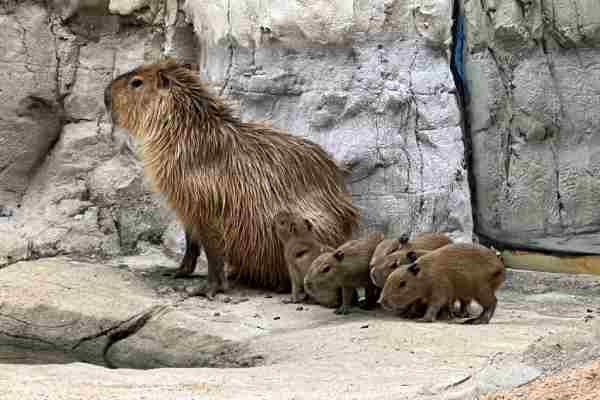Paraguay, a hidden gem in the heart of South America, is a haven for biodiversity enthusiasts and wildlife aficionados. Nestled between Brazil, Argentina, and Bolivia, this landlocked country boasts a rich tapestry of ecosystems, from the verdant Atlantic Forests to the vast Gran Chaco. In this article, we embark on a captivating journey to discover the incredible world of “Animals in Paraguay.”
Table of Contents
With its diverse landscapes and climate variations, Paraguay is home to a remarkable array of fauna, both unique and endemic. From the elusive jaguars prowling the jungles to the vibrant birdlife gracing the wetlands, the mosaic of Paraguay’s habitats shelters a multitude of species. Join us as we traverse through the lush forests, meandering rivers, and sprawling grasslands to unravel the beauty, importance, and conservation efforts dedicated to the captivating animals that call Paraguay their home.
Paraguay and its Geographical and Ecological Significance:
Paraguay, nestled in the heart of South America, is a landlocked gem renowned for its extraordinary geographical and ecological significance. Its strategic location between Brazil, Argentina, and Bolivia, along with the presence of major river systems like the Paraguay and Paraná rivers, make it a crucial hub of biodiversity. The country encompasses diverse landscapes, including the expansive Gran Chaco, the lush Atlantic Forests, and the Pantanal wetlands.
These diverse habitats host an incredible variety of flora and fauna, some of which are endemic and unique to Paraguay. The Gran Chaco, in particular, is one of the largest dry forests in the world, with its own distinct biodiversity and ecosystems. The Atlantic Forests, on the other hand, contribute significantly to the ecological balance of the region. Understanding Paraguay’s geographical layout and its ecological diversity is essential to appreciate the intricate tapestry of life that thrives within its borders.
Unique Ecosystems of Paraguay:

Paraguay, blessed with a variety of ecosystems, showcases an astonishing range of biodiversity. The Gran Chaco, characterized by dry forests and savannas, is a significant biome within the country. Its arid expanses are a haven for diverse wildlife, including the critically endangered Chacoan peccary and giant anteater. The Atlantic Forests, one of the world’s most endangered tropical forests, provide a habitat for numerous unique species like the jaguar and the harpy eagle.
The Pantanal, the largest tropical wetland area globally, extends into Paraguay, attracting an abundance of wildlife, including capybaras, jaguars, and caimans. Additionally, the Paraguay River and Paraná River systems sustain aquatic life and support various species of fish and birds. The intricate balance of these ecosystems forms the foundation of Paraguay’s biodiversity and showcases the country’s natural wealth.
Jaguar (Panthera onca):
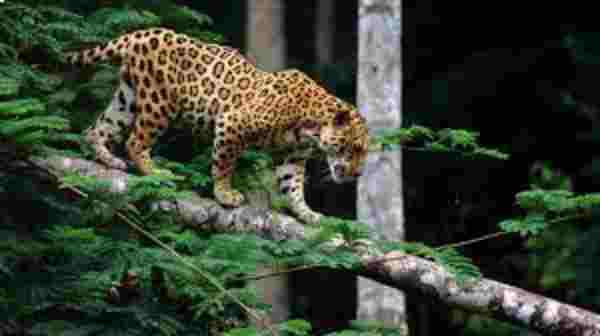
The jaguar, Panthera onca, holds the title of the largest big cat in the Americas. In the verdant landscapes of Paraguay, this majestic feline prowls, showcasing its incredible strength and elusive nature. Jaguars are apex predators, vital for maintaining ecological balance within their habitats. However, habitat loss and fragmentation pose significant threats to their population in Paraguay.
Giant Anteater (Myrmecophaga tridactyla):
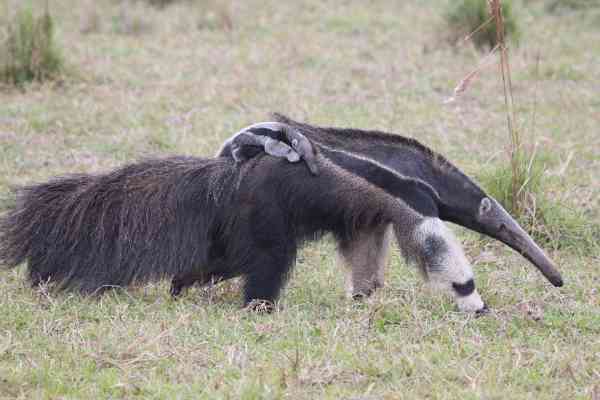
The giant anteater, Myrmecophaga tridactyla, an emblematic creature of Paraguay, boasts a unique appearance with its long snout and bushy tail. It primarily feeds on ants and termites using its specialized tongue, which can flick in and out at astonishing speeds. However, this fascinating creature is vulnerable to habitat loss and road accidents.
Marsh Deer (Blastocerus dichotomus):

The marsh deer, Blastocerus dichotomus, graces the wetlands of Paraguay. An elegant and graceful herbivore, it navigates marshy habitats with remarkable agility. Despite its beauty and importance to the ecosystem, this deer faces threats from habitat destruction and poaching.
Capybara (Hydrochoerus hydrochaeris):

The capybara, Hydrochoerus hydrochaeris, is a captivating sight in Paraguay’s wetlands and grassy plains. As the largest rodent globally, it lives in social groups and is known for its amiable nature. Capybaras play a crucial role in the ecosystem by controlling vegetation growth and serving as prey for numerous predators. However, habitat degradation and hunting for its meat and hide are challenges it faces.
Howler Monkey (Alouatta species):

Howler monkeys, belonging to the Alouatta genus, are prominent figures in Paraguay’s forests. Their distinctive howls echo through the trees, signaling their presence and demarcating territories. Howlers predominantly feed on leaves and fruits, playing a vital role in seed dispersal. However, deforestation and habitat fragmentation threaten their populations and the balance of the ecosystem.
Lowland Tapir (Tapirus terrestris):
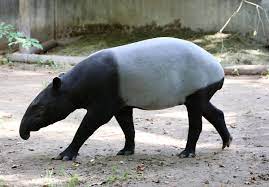
The lowland tapir, Tapirus terrestris, is an ancient and enigmatic creature found in the forests and grasslands of Paraguay. As herbivores, tapirs contribute to the ecosystem by dispersing seeds and promoting plant growth. Habitat loss, hunting, and human-wildlife conflict pose significant risks to their population.
Pampas Fox (Lycalopex gymnocercus):

The Pampas fox, Lycalopex gymnocercus, is a small carnivore inhabiting the grasslands of Paraguay. With its sharp features and agile movements, it is a fascinating creature to observe. As an opportunistic omnivore, the Pampas fox plays a vital role in controlling rodent populations. However, habitat degradation and persecution by humans threaten its survival.
Harpy Eagle (Harpia harpyja):

The harpy eagle, Harpia harpyja, commands the skies and the dense forests of Paraguay. With its powerful build and fierce gaze, it is a symbol of strength and beauty. Harpy eagles are top predators, primarily preying on tree-dwelling mammals and birds. Their habitat loss due to deforestation and illegal wildlife trade challenges their survival, highlighting the need for conservation efforts.
Jabiru Stork (Jabiru mycteria):

The jabiru stork, Jabiru mycteria, is a magnificent bird gracing the wetlands and grassy plains of Paraguay. With its impressive wingspan and distinct appearance, it is a sight to behold. The jabiru stork plays a crucial role in the ecosystem by controlling insect populations and aiding in seed dispersal. However, habitat destruction and human disturbance threaten its habitats.
Hyacinth Macaw (Anodorhynchus hyacinthinus):

The hyacinth macaw, Anodorhynchus hyacinthinus, stands out with its vibrant blue plumage and immense size. It is the largest macaw species globally and an icon of the Paraguayan wilderness. Despite their beauty and significance, these macaws face the severe threat of habitat loss and illegal wildlife trade, particularly for the pet industry.
Bare-faced Curassow (Crax fasciolata):

The bare-faced curassow, Crax fasciolata, is a remarkable bird native to Paraguay’s subtropical and tropical forests. Its distinct appearance, including a unique facial pattern, makes it a captivating species. However, habitat loss and hunting for its meat have led to a decline in its population.
Southern Lapwing (Vanellus chilensis):

The southern lapwing, Vanellus chilensis, is a widespread and recognizable bird in Paraguay. Known for its distinctive call and protective behavior, it often nests near water bodies. Urbanization and habitat disturbance pose threats to its breeding and survival.
Yacaré Caiman (Caiman yacare):

The yacaré caiman, Caiman yacare, is an iconic reptile inhabiting the wetlands and rivers of Paraguay. Recognizable by its dark, armored body and formidable jaws, it plays a vital role in controlling aquatic ecosystems by regulating fish populations. However, habitat loss and hunting for its hide and meat threaten its populations and the delicate balance of its habitat.
Green Iguana (Iguana iguana):

The green iguana, Iguana iguana, is a fascinating reptile found in the tropical regions of Paraguay. Known for its vibrant green color and distinct dewlap, it is a proficient climber and herbivore. Habitat destruction and illegal pet trade pose significant threats to this species.
Tegu Lizard (Tupinambis species):

The tegu lizard, belonging to the Tupinambis genus, is a diverse group of reptiles found in various habitats of Paraguay. Their adaptability and omnivorous diet contribute to their success, but habitat degradation and hunting threaten their populations.
Coral Snake (Micrurus species):
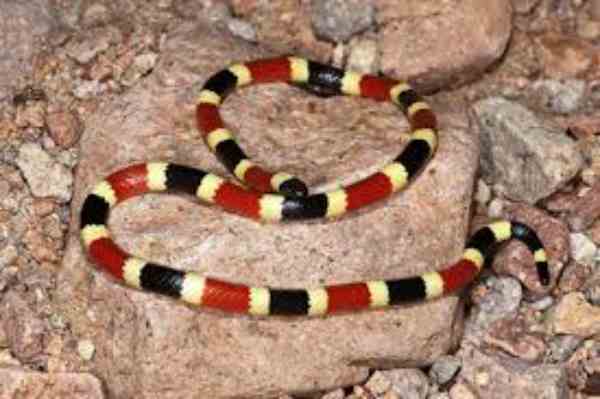
The coral snakes, belonging to the Micrurus genus, are venomous reptiles with vibrant coloration, warning potential predators of their toxicity. While these snakes play a role in controlling insect and small reptile populations, habitat destruction and human fear often lead to their persecution.
Anaconda (Eunectes murinus):

The anaconda, Eunectes murinus, is a massive snake inhabiting the waterways of Paraguay. As one of the largest and most powerful snake species, it primarily preys on aquatic animals. Habitat loss, poaching, and persecution due to misconceptions about its danger pose severe threats to its existence.
Paraguayan Horned Frog (Ceratophrys ornata):

The Paraguayan horned frog, Ceratophrys ornata, is a distinctive amphibian with a unique appearance and horn-like projections over its eyes. Known for its voracious appetite and ambush predation technique, it plays a crucial role in controlling insect populations. However, habitat loss and collection for the exotic pet trade threaten its populations in the wild.
Argentine Horned Frog (Ceratophrys cranwelli):
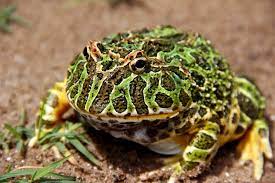
The Argentine horned frog, Ceratophrys cranwelli, is a captivating amphibian native to parts of Paraguay. Its intriguing appearance and sedentary lifestyle make it a popular choice in the exotic pet trade. However, habitat degradation and collection for the pet industry pose significant challenges to its survival in the wild.
Lesser Snouted Treefrog (Scinax nasicus):

The lesser snouted treefrog, Scinax nasicus, is a fascinating amphibian found in the diverse habitats of Paraguay. Known for its distinct call and arboreal nature, it is a vital part of the ecosystem. Habitat destruction and pollution jeopardize its populations and the delicate balance of its environment.
Paraguayan Toad (Rhinella major):

The Paraguayan toad, Rhinella major, is an amphibian species indigenous to the diverse landscapes of Paraguay. Despite their ecological importance in controlling insect populations, these toads face threats from habitat loss, pollution, and habitat fragmentation.
Red-bellied Toad (Melanophryniscus dorsalis):

The red-bellied toad, Melanophryniscus dorsalis, is a captivating amphibian found in Paraguay’s landscapes. Its vibrant coloration and distinct markings make it a unique species. However, habitat degradation and climate change are significant threats to its populations.
Dorado (Salminus brasiliensis):

The dorado, Salminus brasiliensis, is a prized sportfish in the waters of Paraguay, celebrated for its impressive size and strength. This golden fish, also known as the “Tiger of the River,” is a powerful predator with sharp teeth and a voracious appetite. Sportfishing for Dorado is popular in Paraguay, attracting enthusiasts from around the world. However, overfishing and habitat degradation pose threats to its populations and the overall aquatic ecosystem.
Surubí (Pseudoplatystoma spp.):

The surubí, belonging to the Pseudoplatystoma genus, is a highly sought-after catfish in the rivers of Paraguay. Renowned for its culinary value and challenging sportfishing experience, it holds cultural and economic importance. Overfishing and habitat alteration are major concerns for the surubí population, necessitating sustainable fishing practices and conservation efforts.
Piranha (Serrasalmus spp.):

Piranhas, members of the Serrasalmus genus, are infamous carnivorous fish residing in the rivers and waterways of Paraguay. Known for their sharp teeth and ferocious feeding habits, they are vital for controlling fish populations. Despite their aggressive image, piranhas rarely pose a significant threat to humans. Overfishing and habitat destruction, however, endanger their populations and the aquatic ecosystem.
Catfish (Siluriformes):
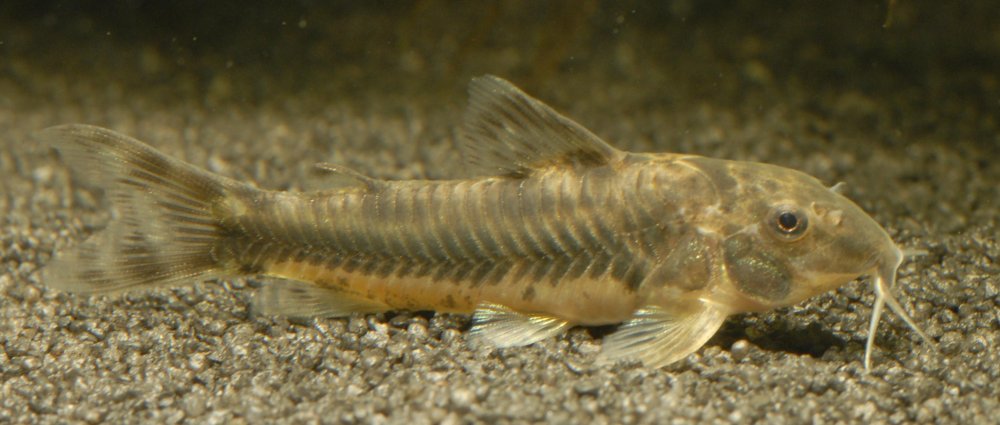
Catfish, diverse in species and size, are common inhabitants of Paraguay’s rivers and lakes. They are opportunistic feeders and play a crucial role in the aquatic food chain. Overfishing and habitat degradation are significant challenges affecting various catfish species, necessitating sustainable fishing practices and habitat conservation.
Butterfly species (numerous and diverse):

Paraguay is home to a diverse array of butterfly species, adding vibrant hues and beauty to its landscapes. These delicate creatures are essential pollinators, contributing to the ecosystem’s balance and plant reproduction. Habitat loss, pesticide use, and climate change threaten butterfly populations, emphasizing the need for conservation measures and habitat restoration.
Tarantulas and other spiders:
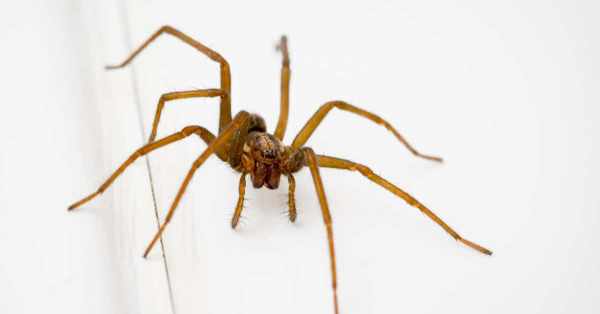
Paraguay hosts a variety of tarantulas and other spider species, contributing to the region’s arachnid diversity. While tarantulas are generally harmless to humans, their presence is crucial for controlling insect populations. Habitat destruction and illegal pet trade, however, pose threats to their populations and the overall ecosystem.
Various beetle species:
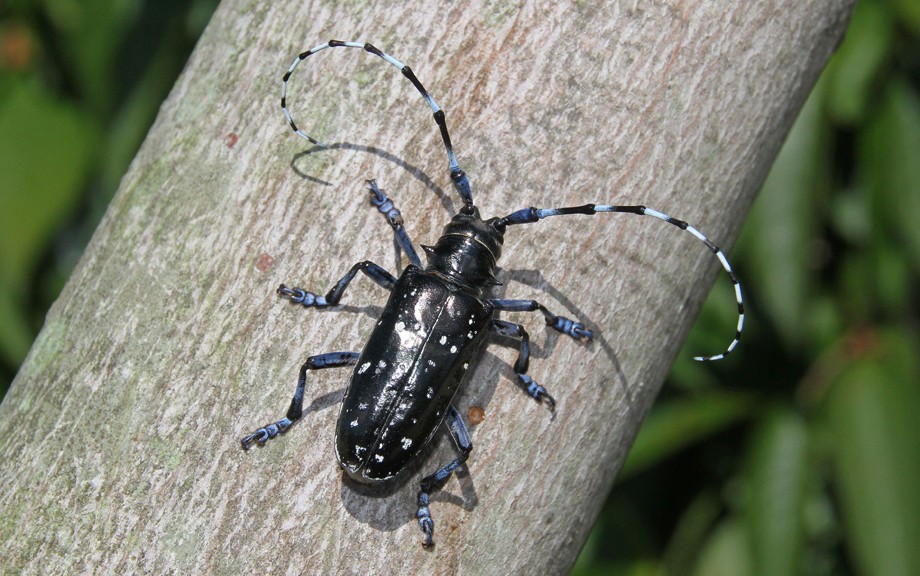
Paraguay boasts a wide range of beetle species, playing crucial roles in nutrient cycling and pest control. Beetles are incredibly diverse, occupying various niches in the ecosystem. Habitat loss, pollution, and climate change impact beetle populations, underscoring the need for habitat preservation and conservation efforts.
Biodiversity Conservation and Challenges:
Conservation of biodiversity in Paraguay is of paramount importance due to the country’s unique ecosystems and the diverse range of species it harbors. Efforts are underway to protect and preserve the endangered and endemic flora and fauna. Paraguay has established several protected areas and national parks, such as Defensores del Chaco National Park and Ñeembucú Department, to safeguard its natural heritage.
Additionally, there are initiatives focusing on sustainable development and community involvement to ensure the delicate balance between human activities and environmental preservation. However, Paraguay faces challenges like deforestation, habitat loss, climate change impacts, and illegal wildlife trade. Addressing these challenges necessitates collaborative efforts, stronger legislation, sustainable land-use practices, and increased awareness among the population to ensure the long-term survival of the unique biodiversity that graces this beautiful country.
Final Words:
Paraguay, with its diverse landscapes and ecosystems, offers a glimpse into the breathtaking biodiversity that defines South America. From the rugged dry expanses of the Gran Chaco to the lush greenery of the Atlantic Forests, Paraguay provides a habitat for an astonishing variety of flora and fauna, some of which are found nowhere else on Earth. Preserving this biological treasure trove is crucial for the future generations and the global ecosystem.
Conservation efforts, sustainable practices, and international cooperation are vital in protecting the unique biodiversity that makes Paraguay a true jewel of South America. Through responsible stewardship and collective action, we can ensure that the remarkable animals and ecosystems of Paraguay thrive for generations to come, enriching our understanding of the natural world and the importance of conservation.
Reference:
- https://paraguayembassy.in/wildlife
- https://www.cbd.int/countries/profile/?country=py
- https://ptes.org/grants/worldwide-projects/jaguars-in-paraguay/

Zahra Makda
Growing up enjoying the beauty of my village, a good passion for nature developed in me from childhood. Following my passion for the natural world, I have chosen zoology for my graduation, during my undergraduate degree, I participated in many nature trails, bird watching, rescues, training for wildlife conservation, workshop, and seminars on biodiversity. I have a keen interest in invertebrate biology, herpetology, and ornithology. Primary interests include studies on taxonomy, ecology, habitat and behavior.

